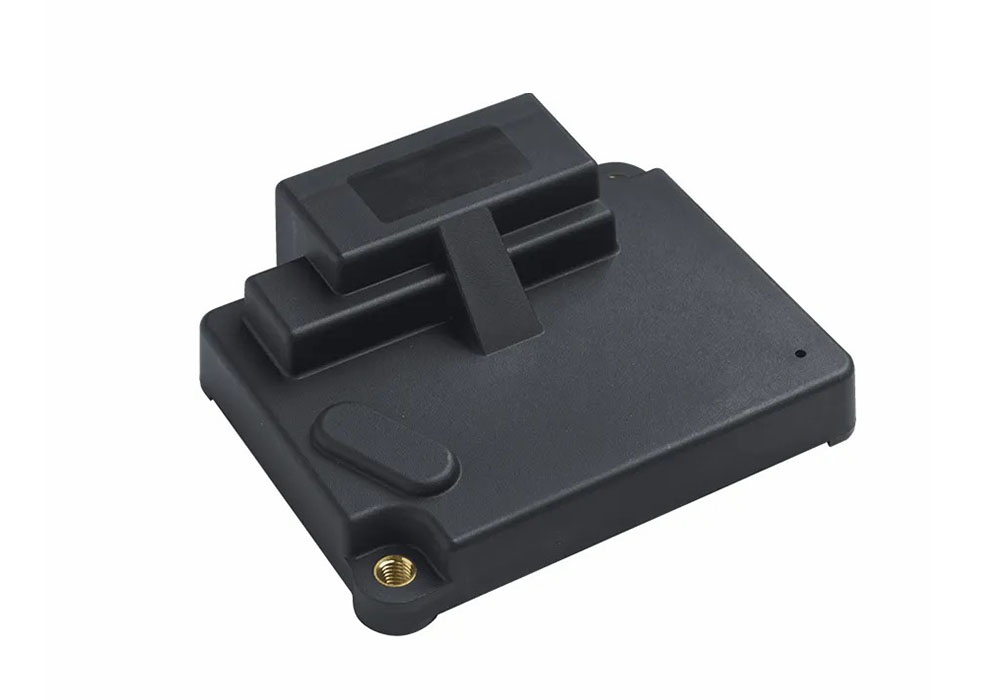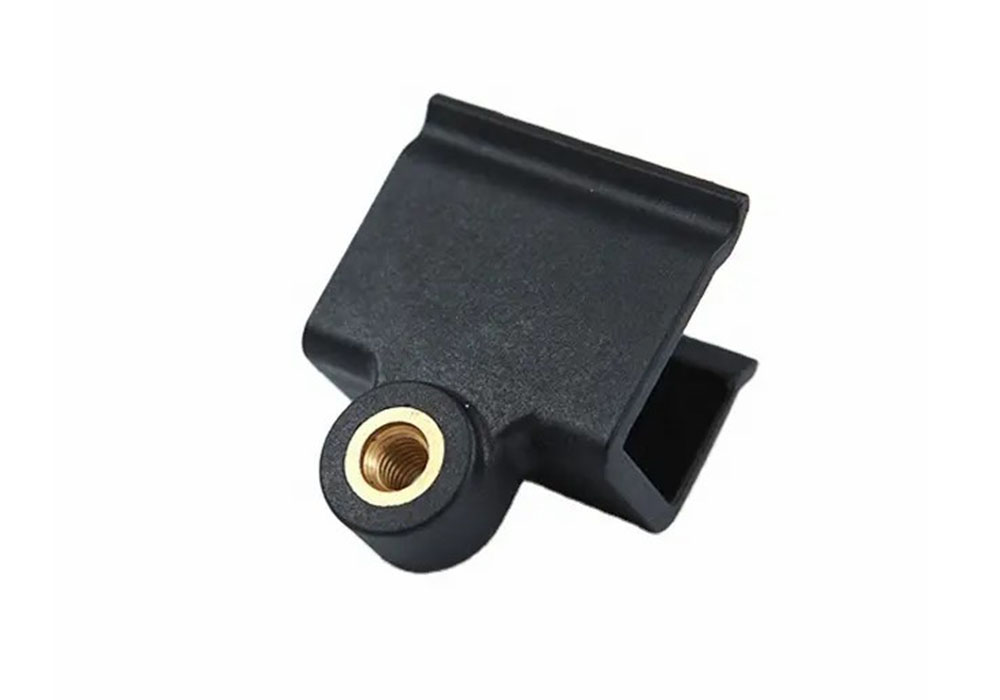Custom Insert Molding: Techniques, Tools, and Materials
Custom insert molding is a specialized form of injection molding that involves the integration of metal or plastic inserts into a molded plastic part. This process requires a range of techniques, tools, and materials to produce high-quality parts with complex geometries and enhanced physical properties. In this article, we will explore the various techniques, tools, and materials used in custom insert molding, highlighting their importance in achieving precision, durability, and cost-effectiveness.
Molding Techniques Used in Custom Insert Molding
custom insert molding cremploys a variety of molding techniques to ensure the proper encapsulation of inserts and the eation of complex geometries. One of the most common techniques is overmolding, which involves the injection of molten plastic over a pre-fabricated insert. This technique is ideal for producing parts with intricate geometries and multiple components. Another technique used is insert molding, where the insert is placed into the mold cavity and molten plastic is injected around it. This technique is commonly used for producing parts with metal or plastic inserts.

Tooling and Mold Design
The design and construction of the mold are critical components of custom insert molding. The mold must be designed to accommodate the insert and ensure proper alignment and encapsulation. The mold material is also important, as it must be able to withstand the high temperatures and pressures involved in the molding process. Tooling costs can be significant, particularly for complex geometries and small production runs. However, the use of advanced mold materials and design techniques can help reduce tooling costs and improve part quality.
Materials Used in Custom Insert Molding
The choice of material is a critical factor in custom insert molding, as it affects the physical properties and durability of the final part. A range of materials can be used, including thermoplastics, thermosets, and elastomers. The most common materials used are polycarbonate, ABS, and nylon, which offer a balance of strength, toughness, and cost-effectiveness. Metal inserts can be made from a variety of materials, including copper, aluminum, and steel, which provide improved thermal and electrical conductivity. The selection of the insert material depends on the specific application and the desired properties of the final part.
Insert Materials and Their Applications
Insert materials play a crucial role in custom insert molding, as they provide improved strength, conductivity, and durability to the final part. Metal inserts are commonly used in electronic components, such as connectors and sockets, where high thermal and electrical conductivity is required. Plastic inserts are used in a range of applications, including medical devices, automotive components, and consumer products. Ceramic inserts are used in high-temperature applications, such as aerospace and industrial equipment.

Material Selection Considerations
The selection of the insert material and the molding material is a critical consideration in custom insert molding. The materials must be compatible with each other and with the molding process. The insert material must also be able to withstand the high temperatures and pressures involved in the molding process. The molding material must be able to flow easily around the insert and provide a strong bond between the insert and the surrounding plastic. The selection of the materials also depends on the desired properties of the final part, such as strength, toughness, and conductivity.
Conclusion
In conclusion, custom insert molding requires a range of techniques, tools, and materials to produce high-quality parts with complex geometries and enhanced physical properties. The selection of the molding technique, tooling, and materials is critical to achieving precision, durability, and cost-effectiveness. By understanding the various techniques, tools, and materials used in custom insert molding, manufacturers can produce parts that meet the demanding requirements of a range of industries, from electronics and aerospace to medical devices and consumer products.